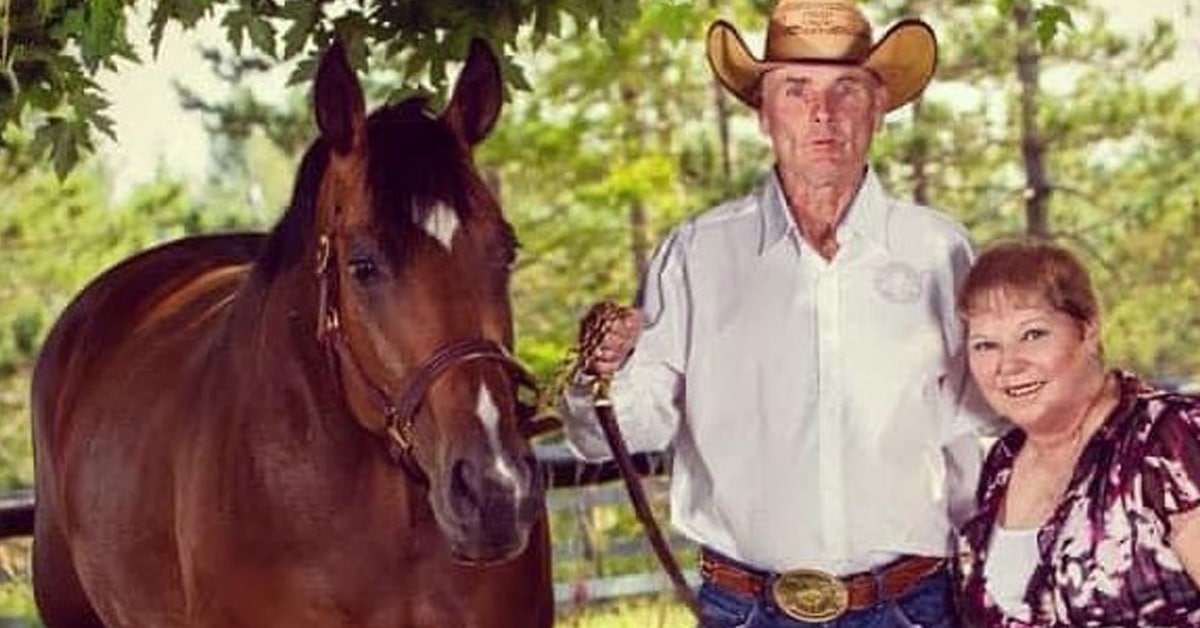Instilling proper manners through groundwork adds to the everyday enjoyment, and safety, of spending time with your equine partner. If you want your horse to lead well, here are some ways to develop better ground control skills.
Visualize what you want. Envision your horse walking calmly beside you as you tour around the show grounds and standing in his own space as you stop to have a conversation with a friend, or change the bit on your bridle.
Define your expectations. How fast do you want to walk back to the barn? Define what “walking beside me” looks like. How far in front and behind your shoulder is his free zone before you correct him?
Clarify your terms. When I hear someone describe their horse as a “real personality,” or “in your pocket,” I hear code words for pushy. Yet terms such as respect or dominance are misleading because the horse doesn’t equate a human to another horse. It also unfairly applies human motives and goals to horses. But the concept of deferring space is ingrained into a horse. Perhaps yielding to pressure is a better description. A horse uses pressure to move a herd mate away from the gate or the round bale. That herd mate steps back. Horses understand that physical language.
Unintentionally, you may have trained your horse to push back on any pressure you apply – bracing to the lead shank when backing or shoving his head into you while bridling. Use every resistance as a training opportunity, asking him to defer his space instead. Back him up several steps. Push his head away from you firmly enough to motivate, but not scare him, sending the message move away and stay away. Refuse to become his sparring partner. If he keeps coming back into your space, step up the pressure a bit.
Dos and Don’ts for Teaching Your Horse Ground Manners
- Do be clear in your body language. Be readable in all your cues. Nervousness can cause people to deliver mousy, unclear signals.
- Do establish your personal space. I slip little back-ups into every interaction, periodically connecting the horse to me. Before entering his stall or paddock gate. Prior to releasing him in turn out.
- Do be the decision maker. Your horse’s unauthorized, unwelcome decisions should be methodically corrected or they’ll multiply. In the absence of direction your horse will fill the void.
- Do keep emotions out of the picture. Each correction is swift, appropriate and over within a second.
- Do keep expectations and corrections the same between all those who handle your horse. Each handler should use the same timing and intensity of cues.
- Don’t hold your horse in place. Horses constantly held in by lead shank pressure to maintain their pace or path become either oblivious to or claustrophobic from the continual tension. Lighten up on your hand so your horse finds release each time he is in the space you have visualized.
- Don’t get in your horse’s face to reward him for good behaviour. Though kissing horse face photos tug the heart in social media and advertisements, kissing isn’t your horse’s “love language.” Kissing is a human expression, while horses express their bonding preferences for herd mates in other ways. Research shows they actually prefer being scratched or massaged, particularly around the withers, by their people.
With children or horses, establishing limits and expectations is just plain considerate. Insecurity and resentment arise when boundaries aren’t well communicated, or they shift.
The Latest









